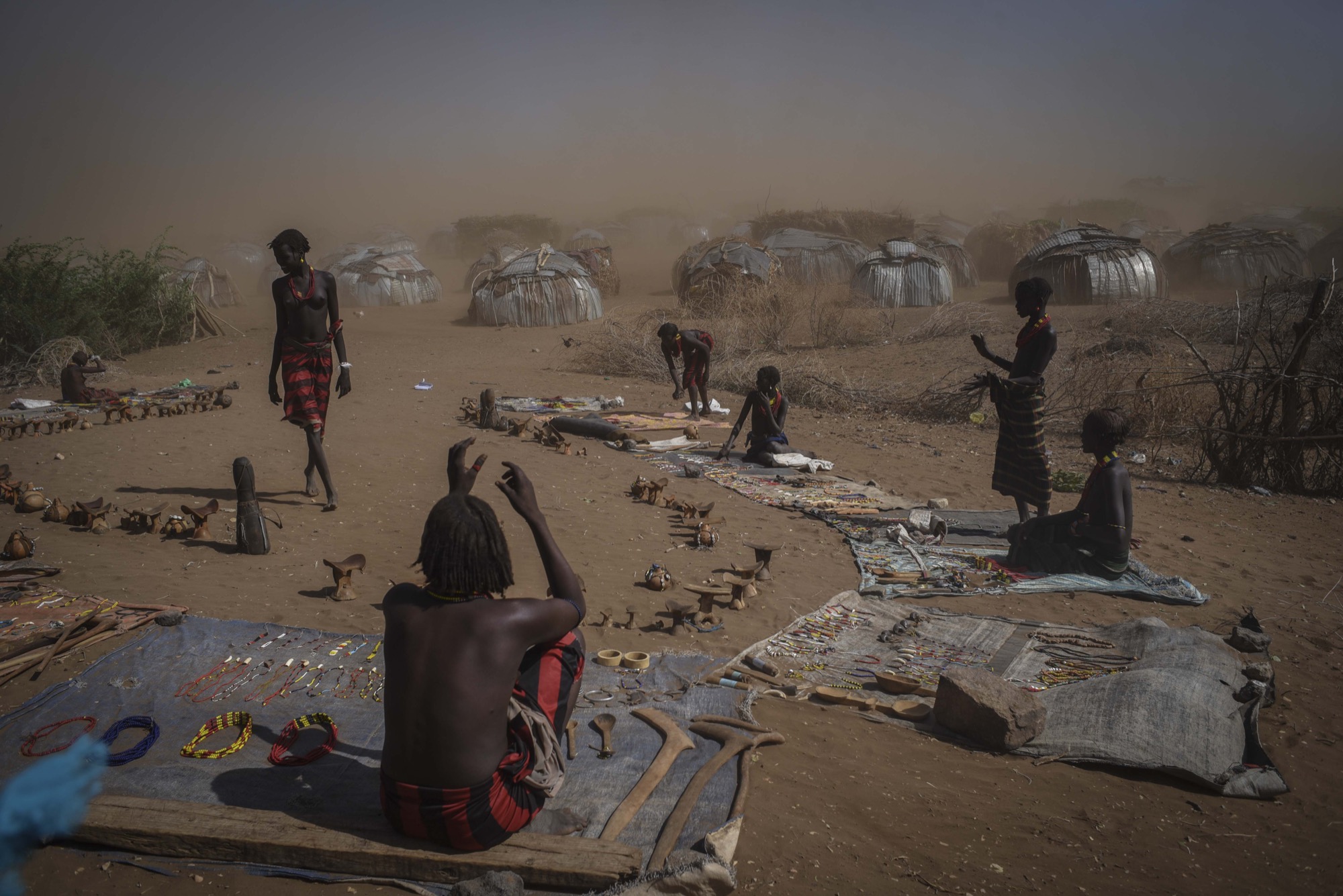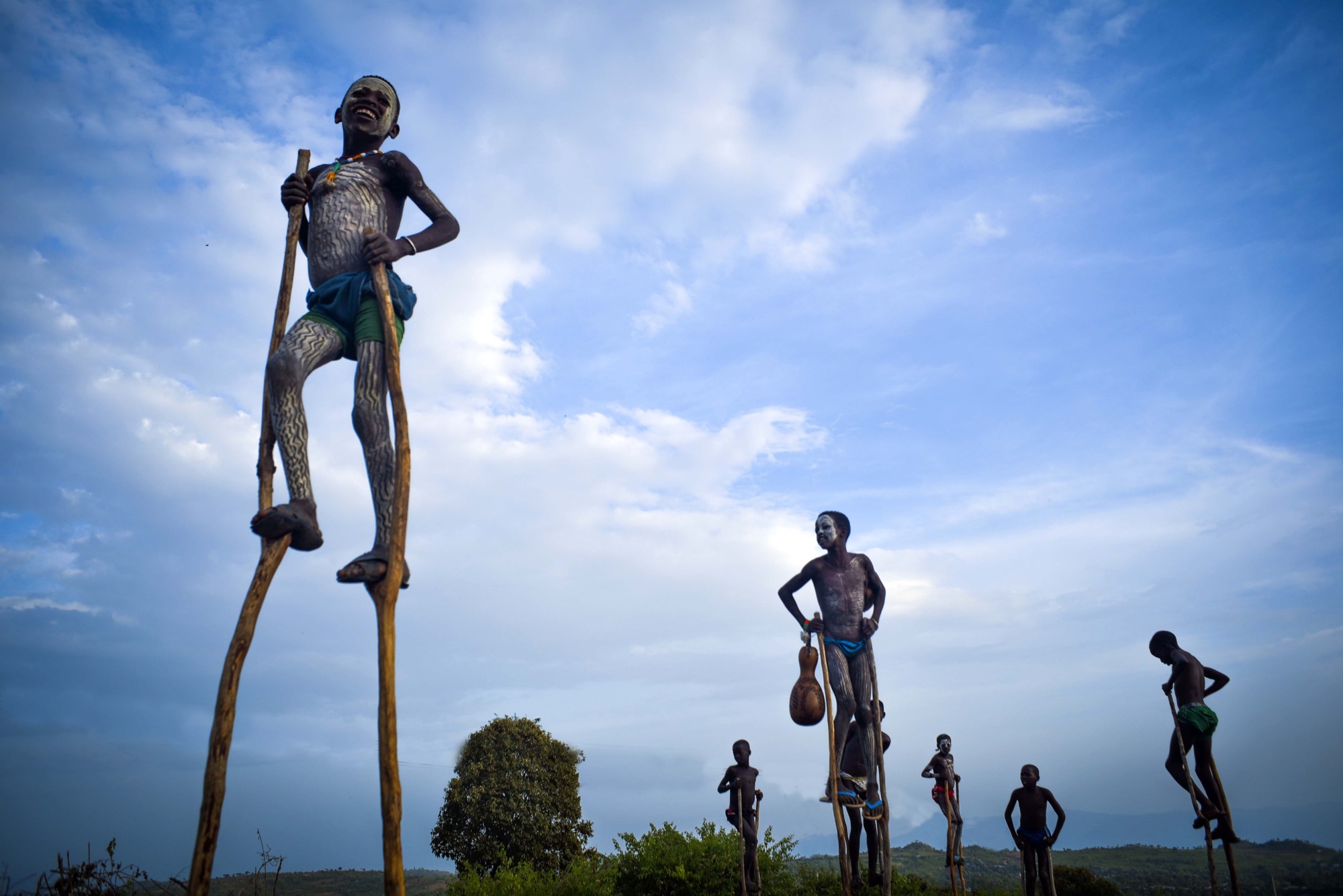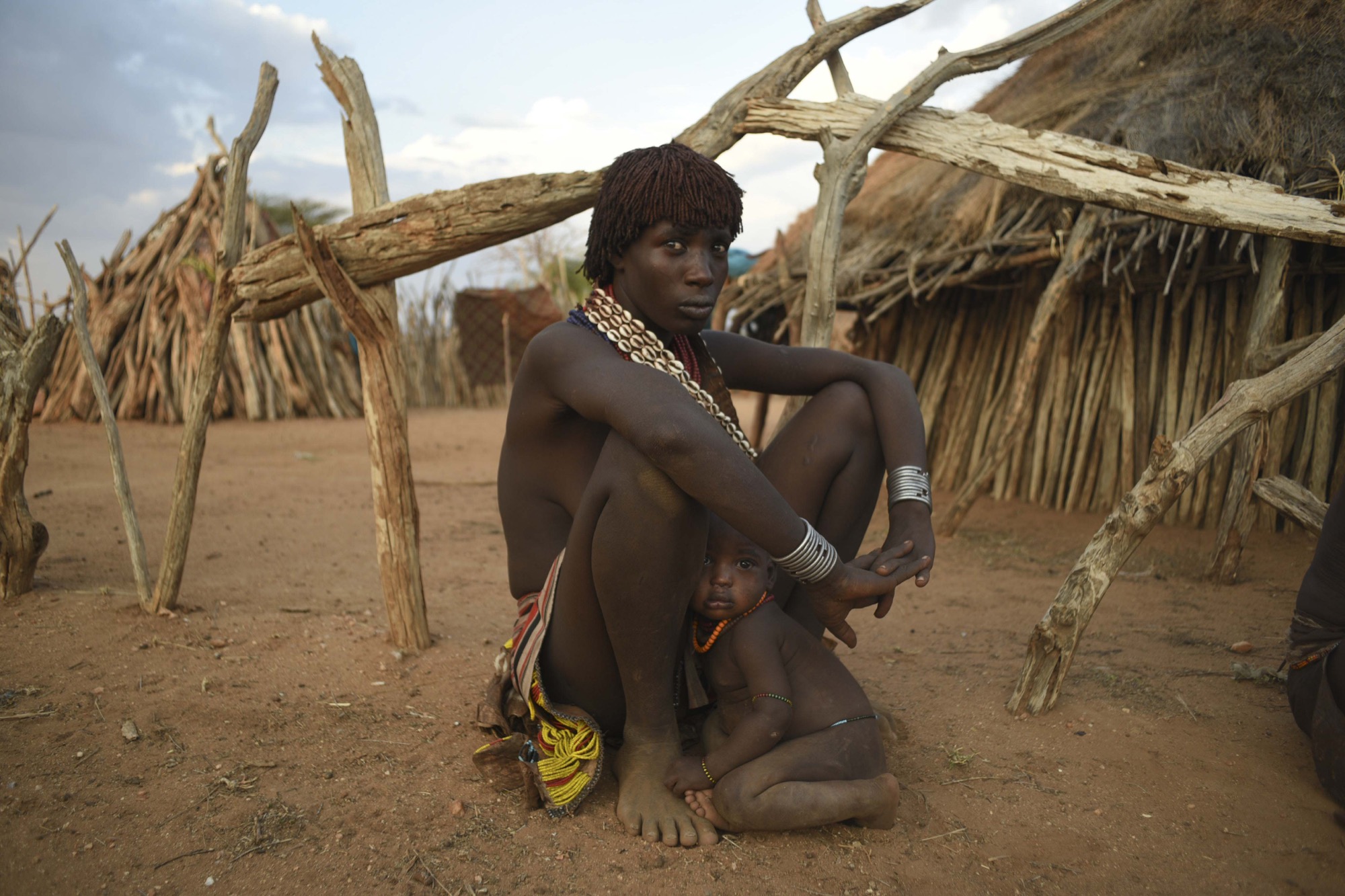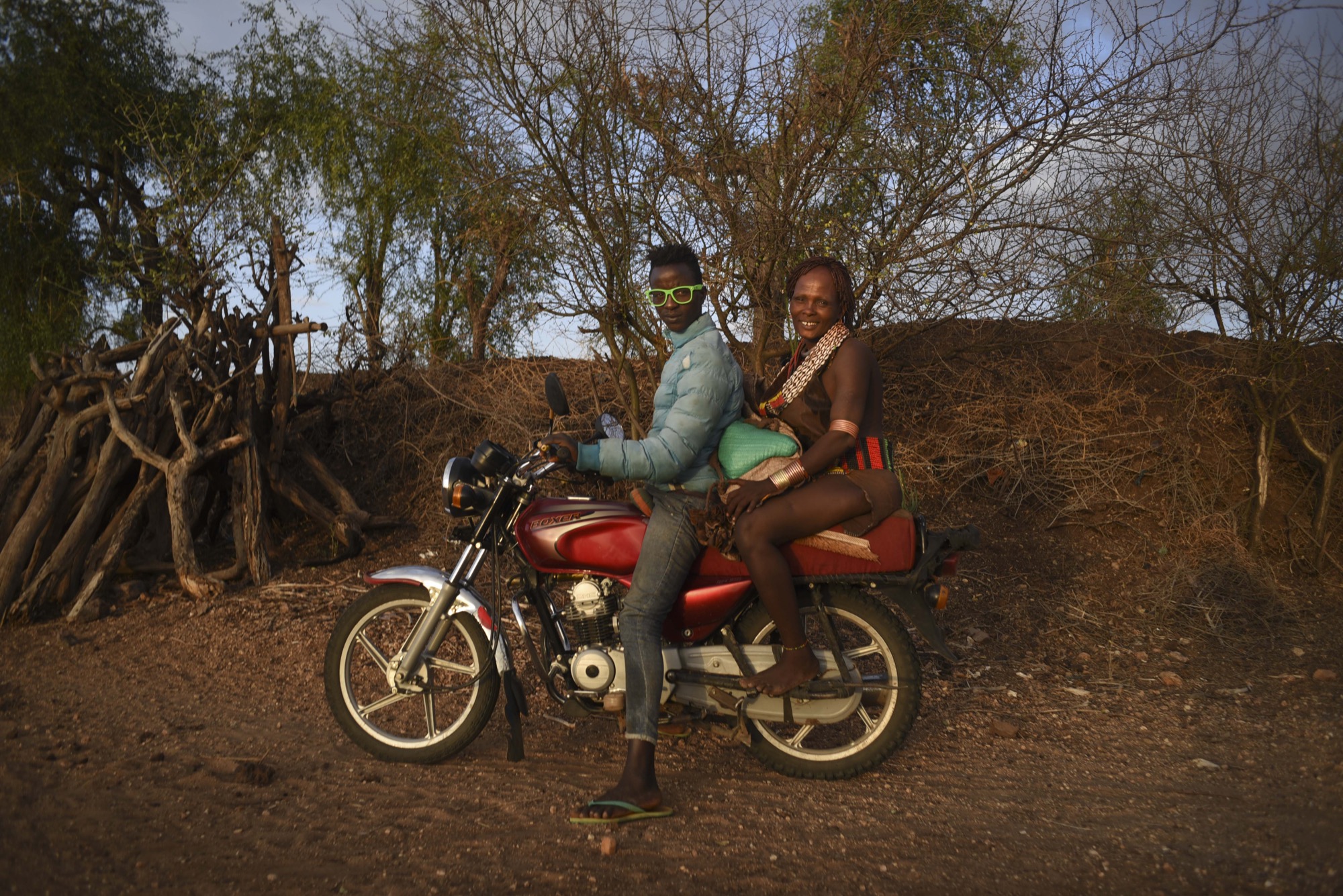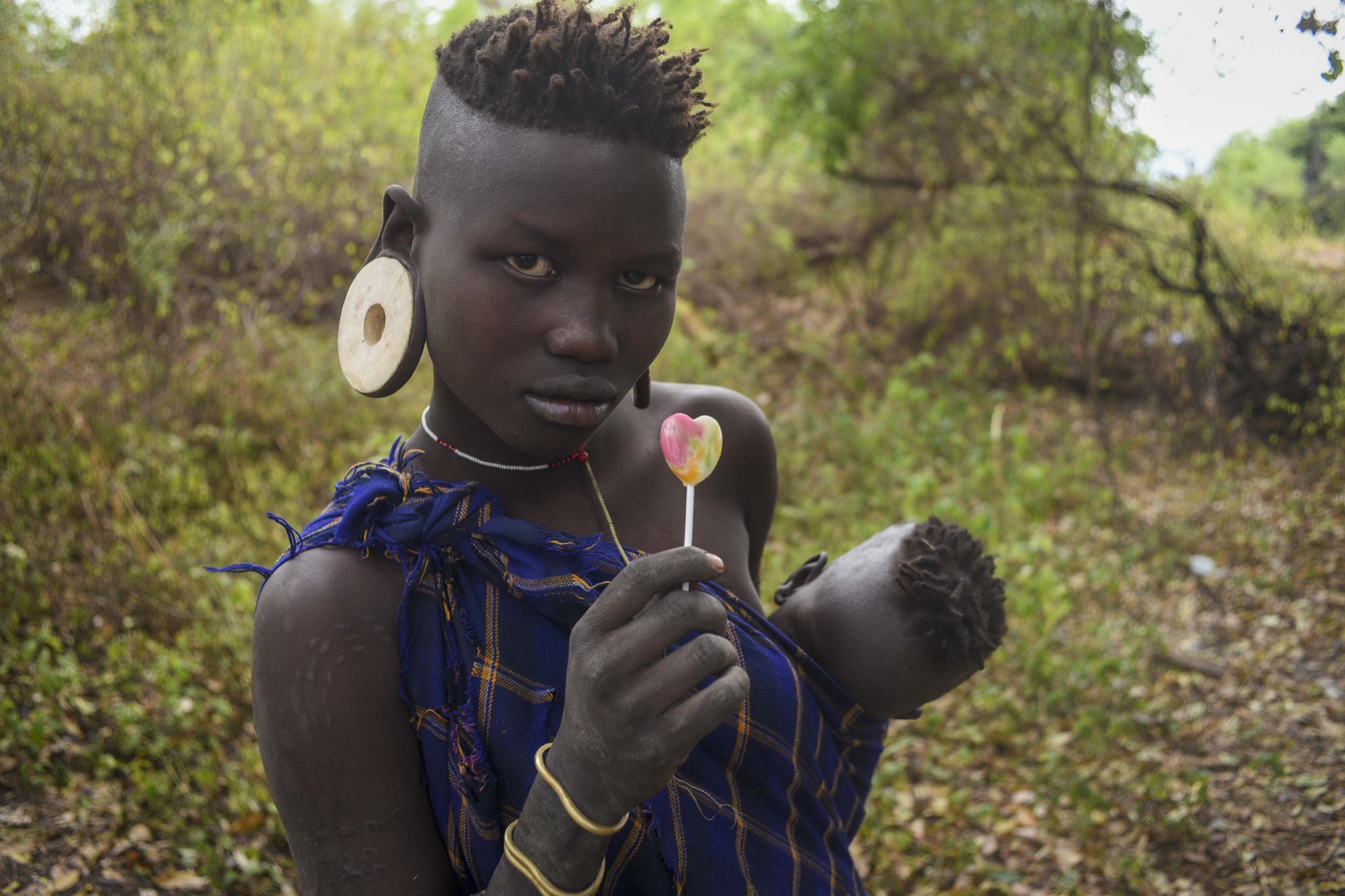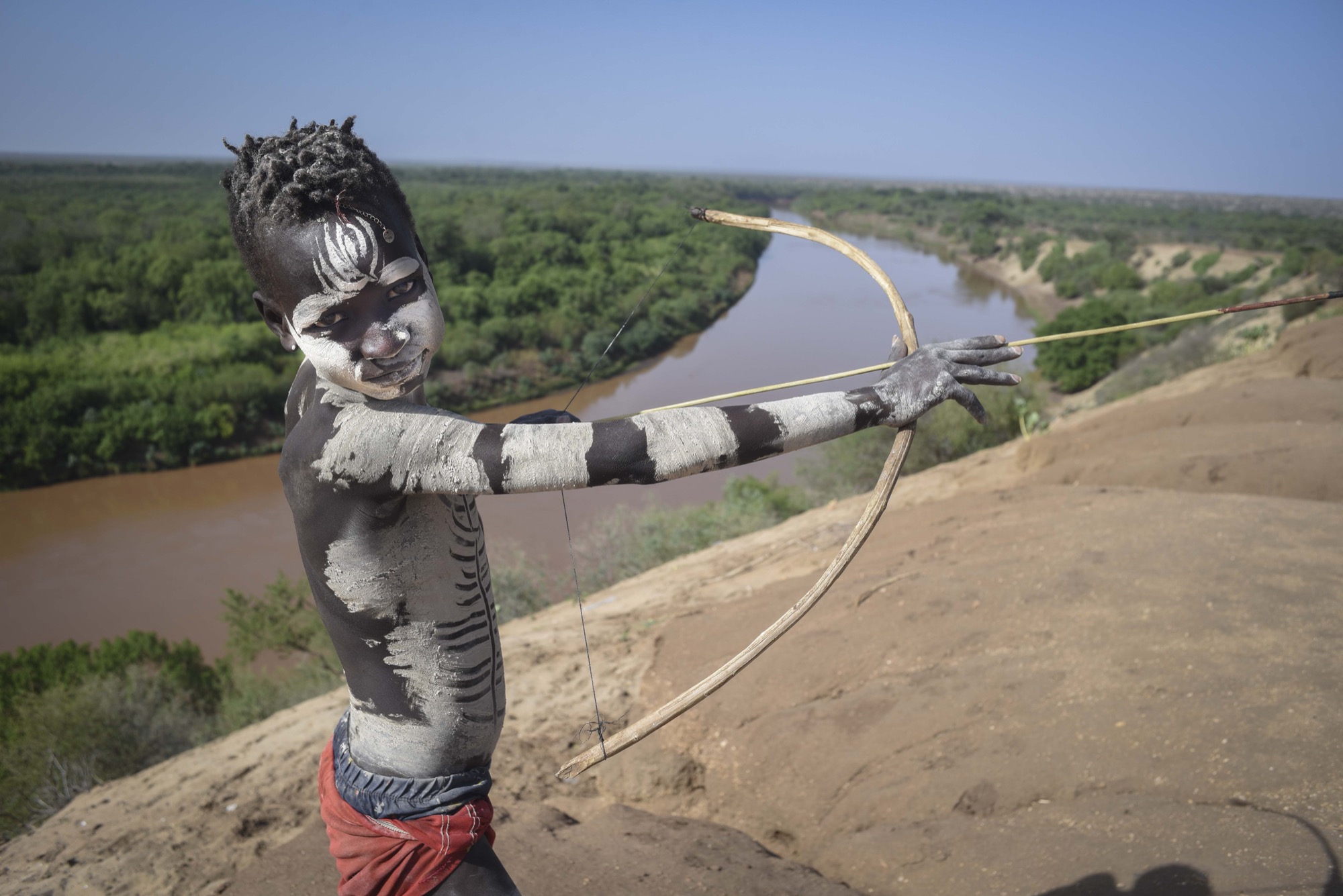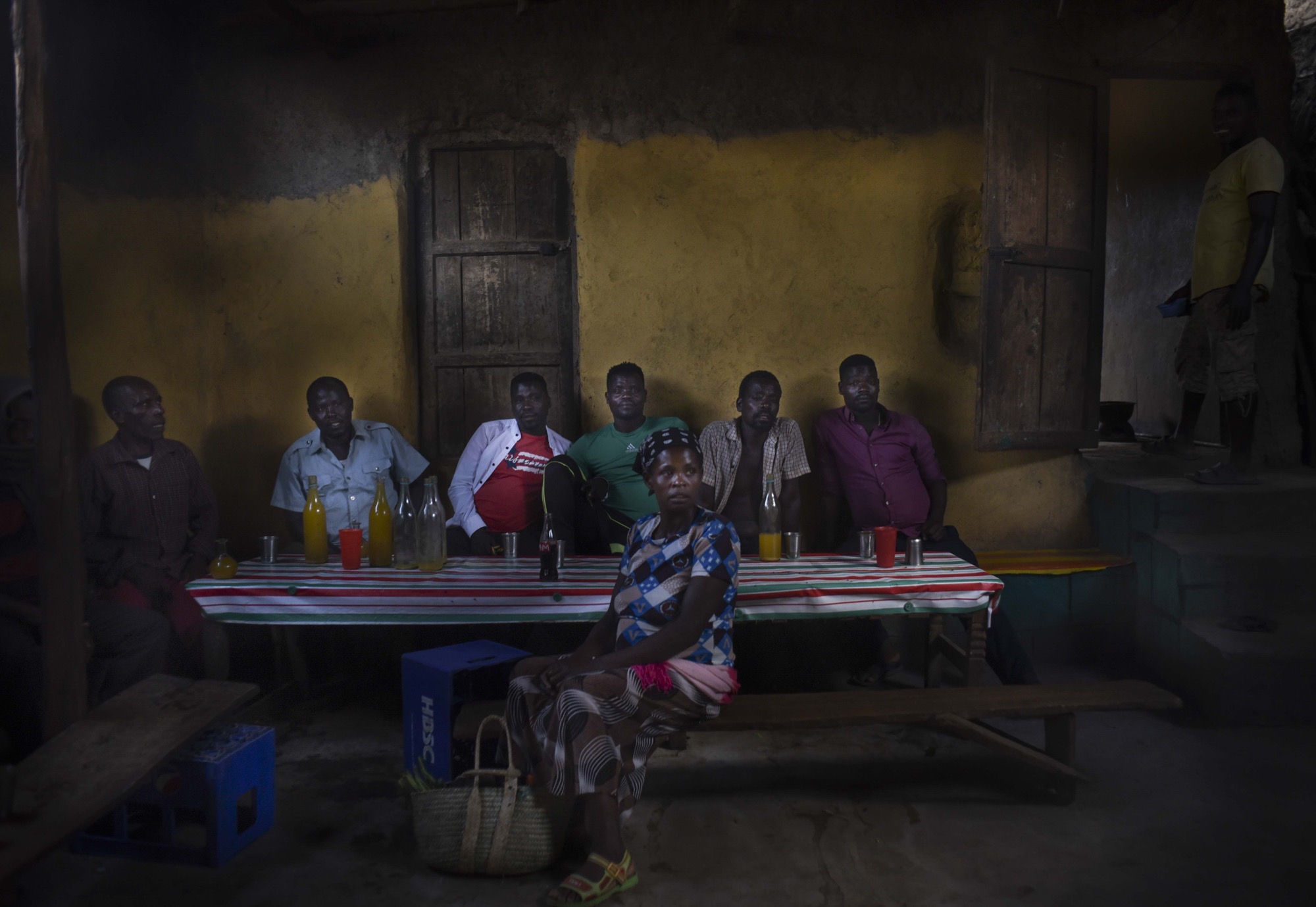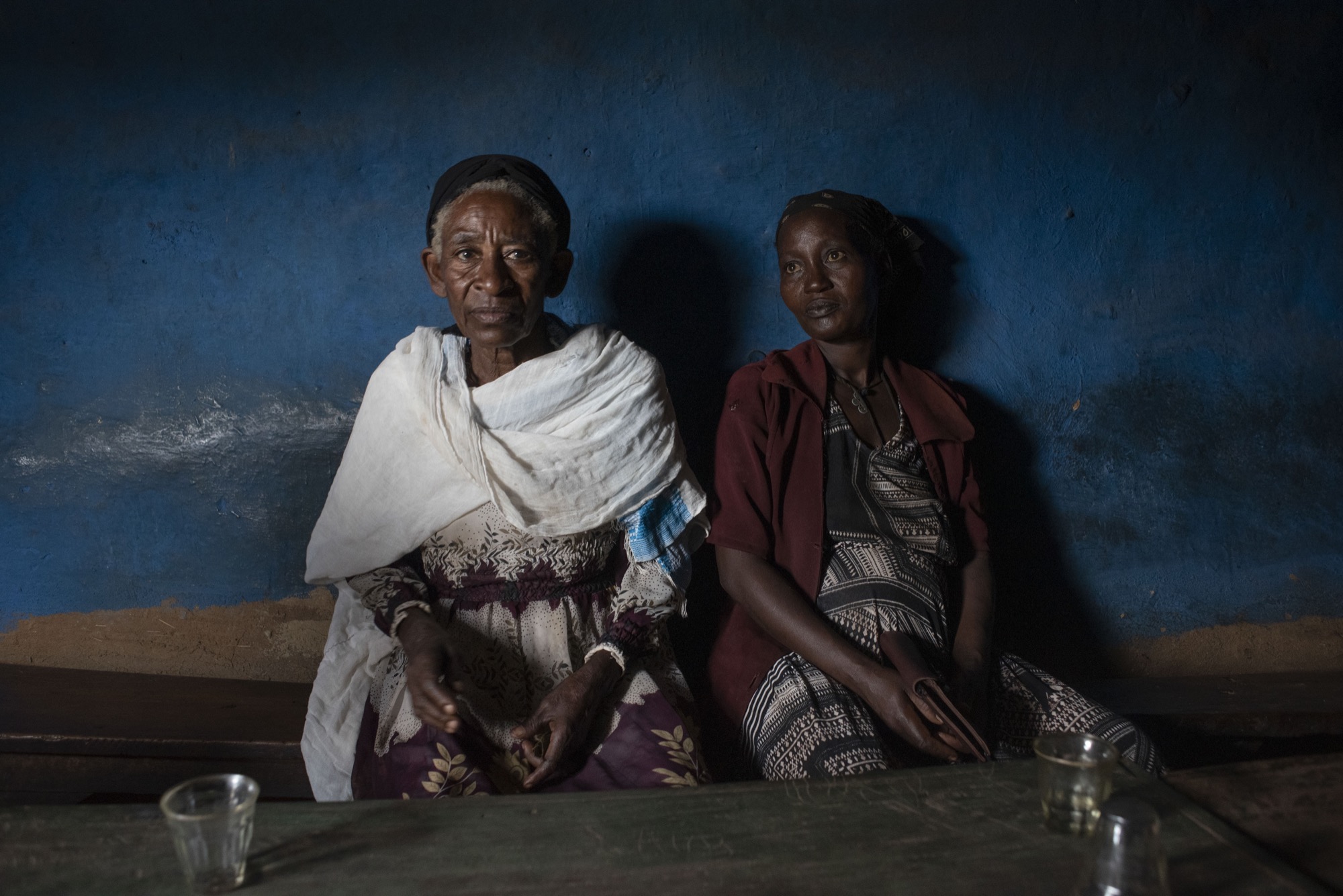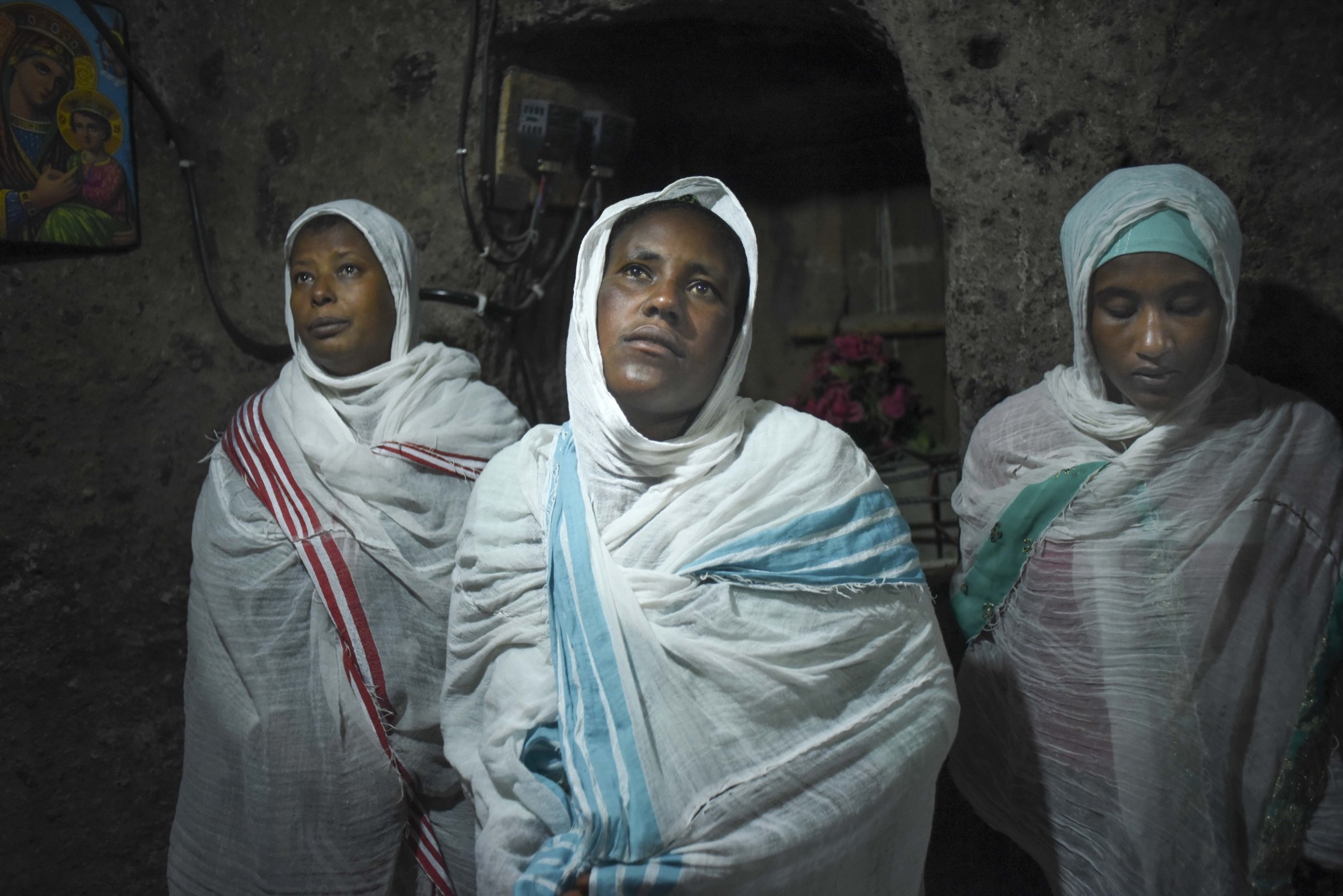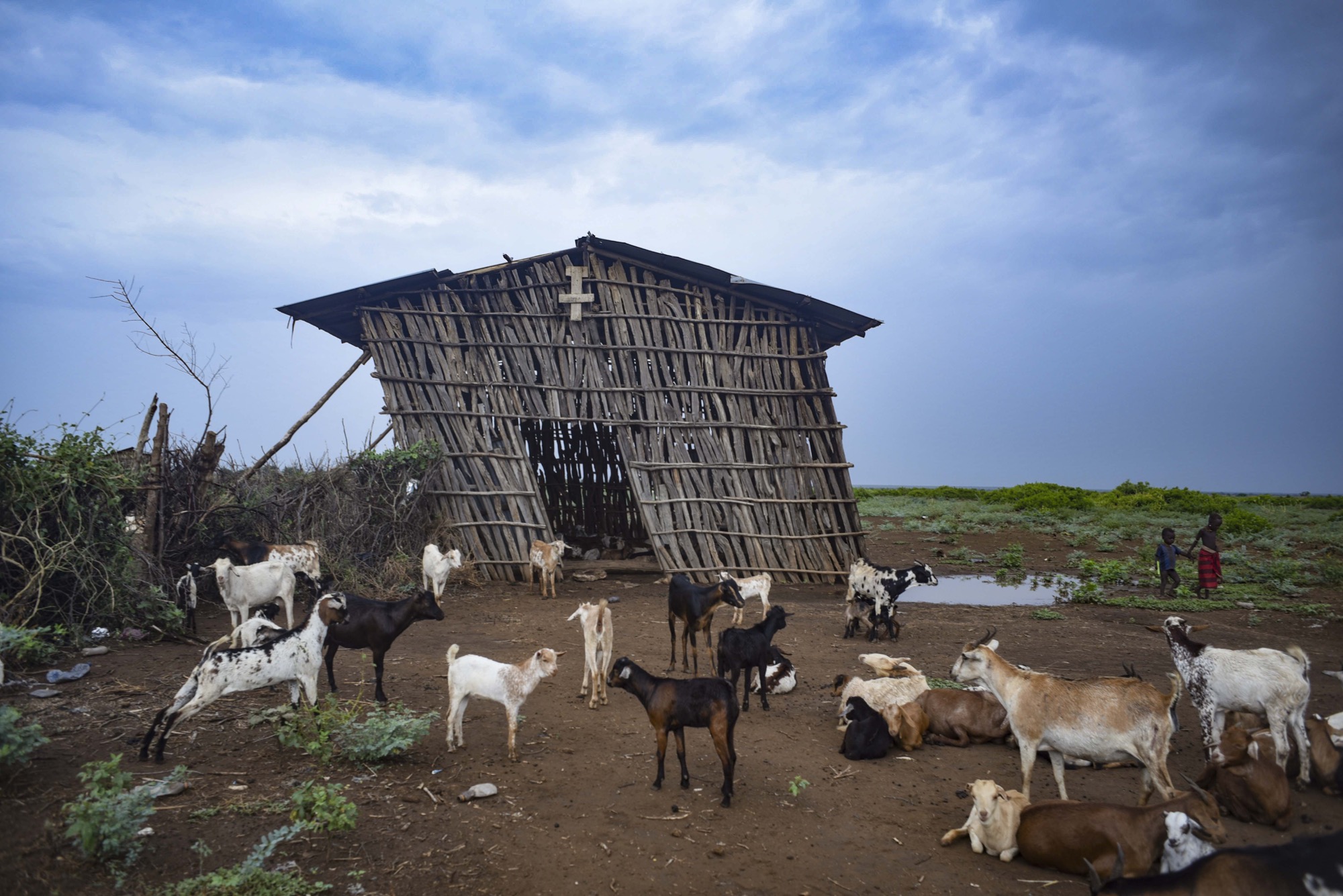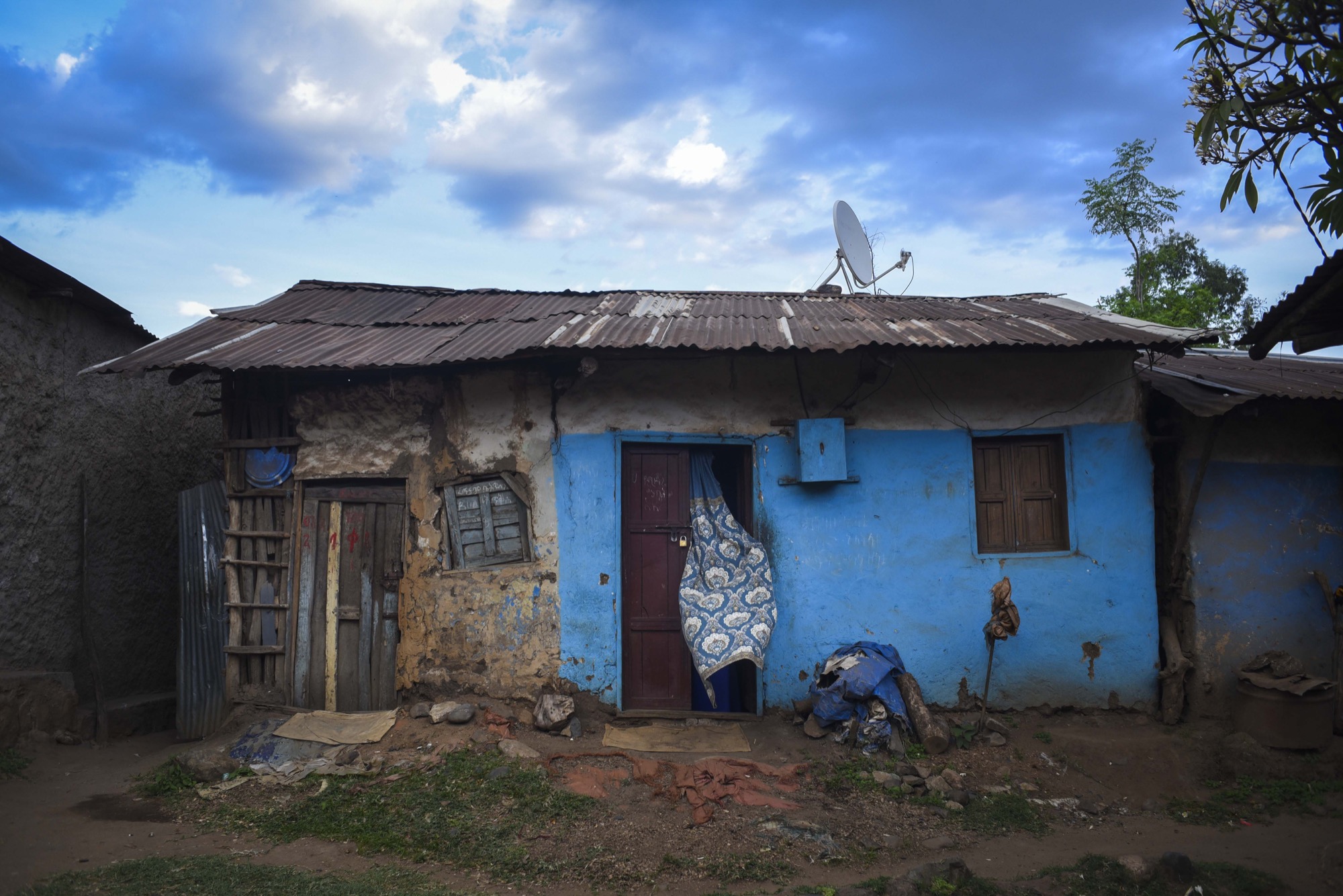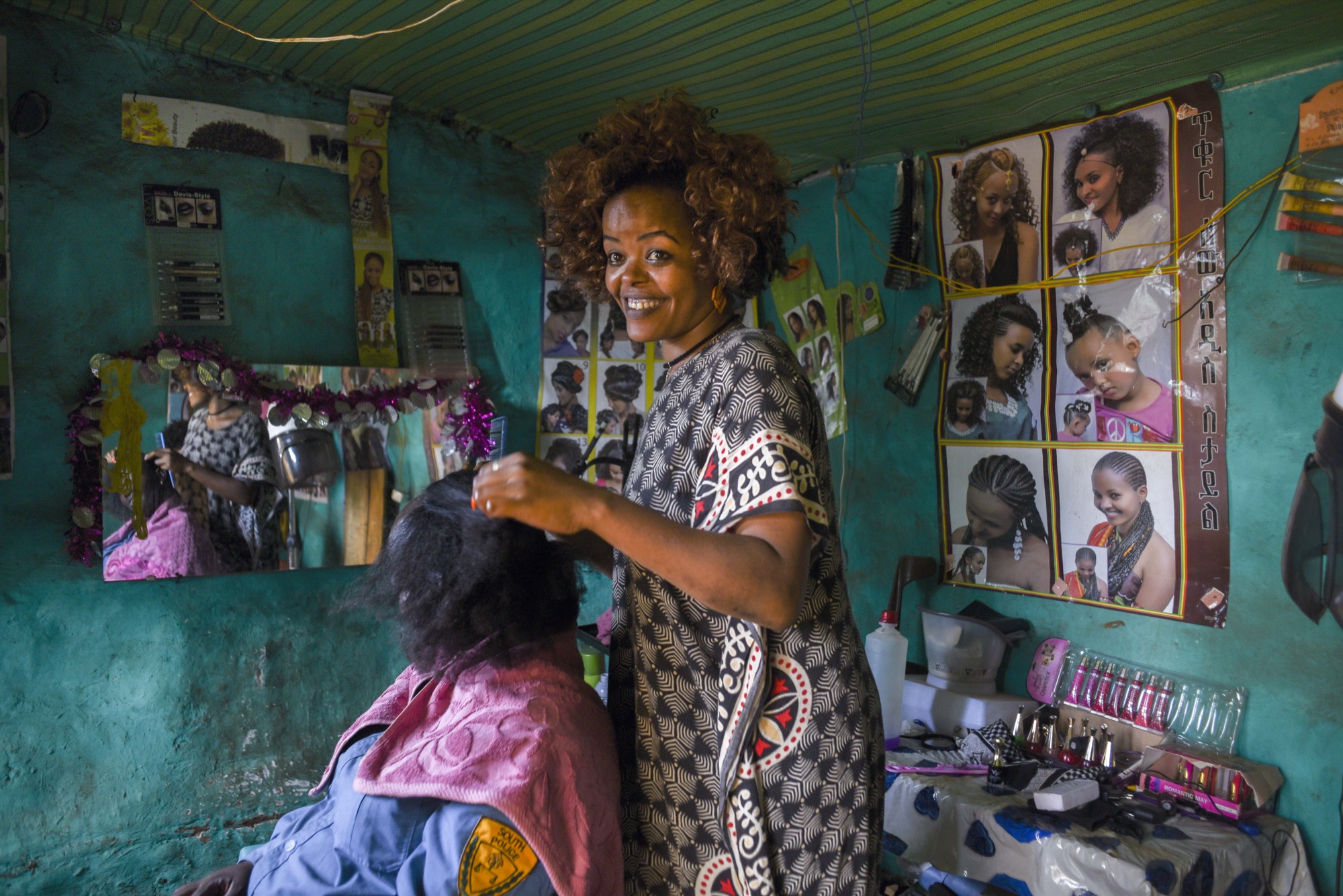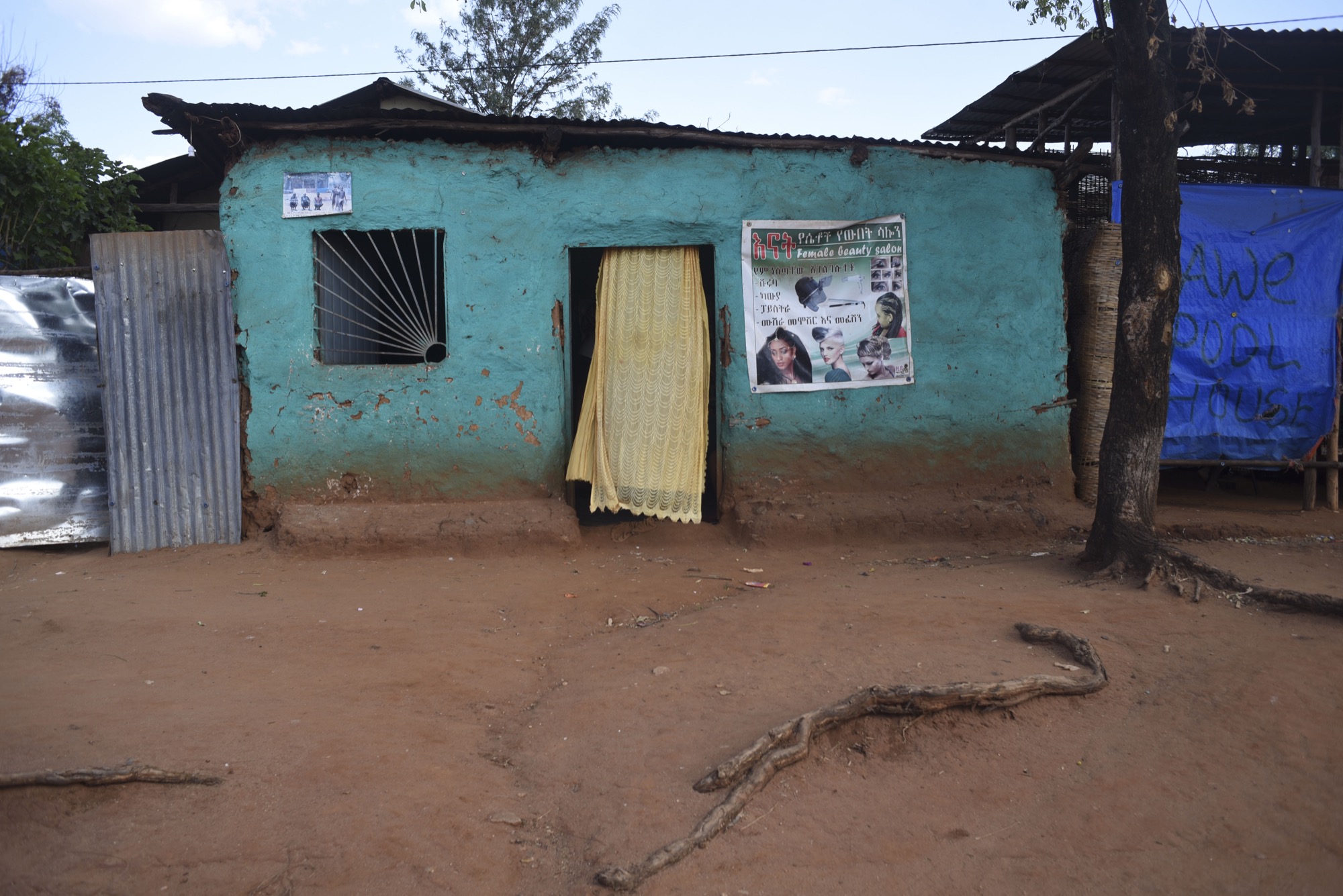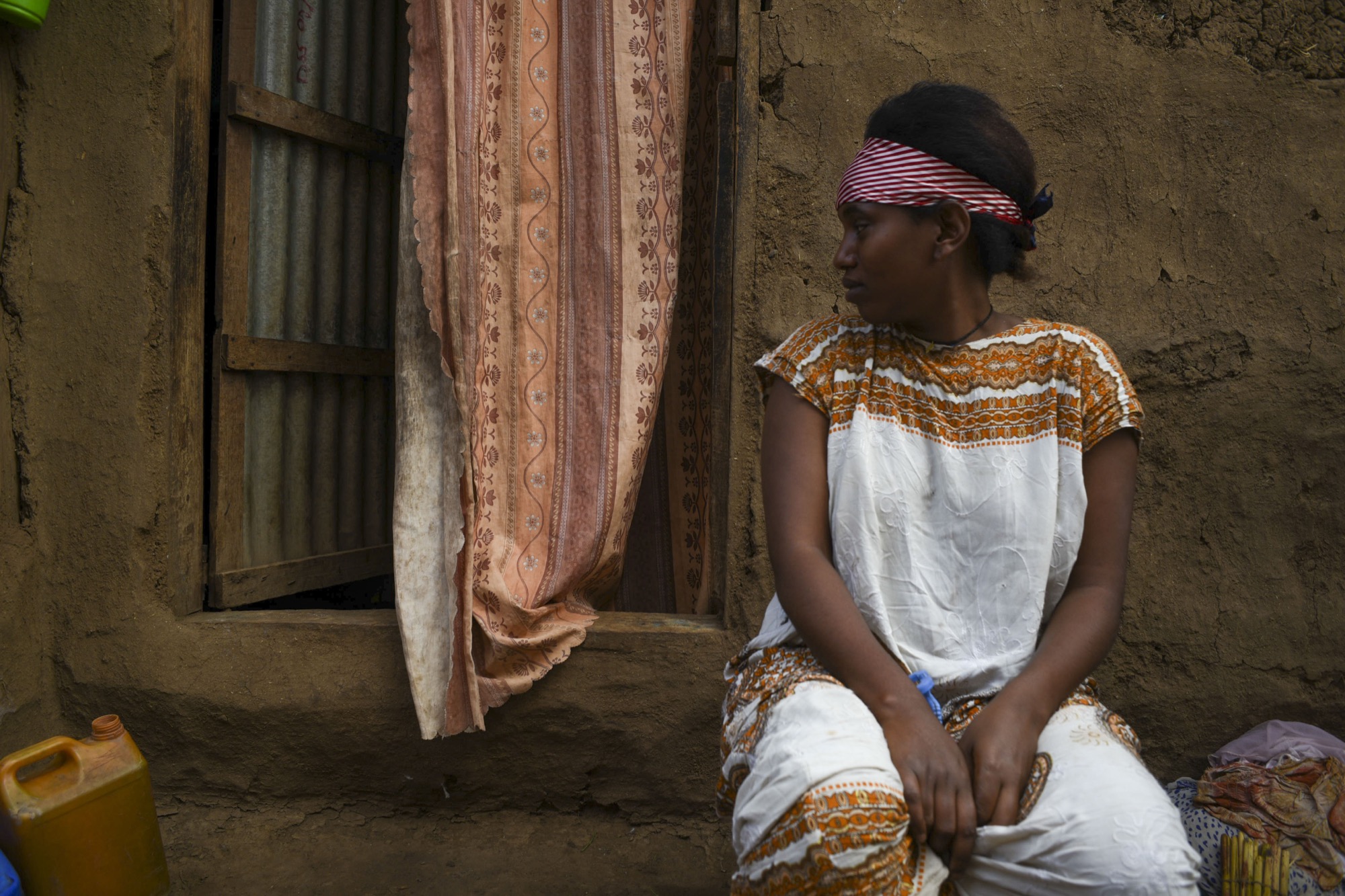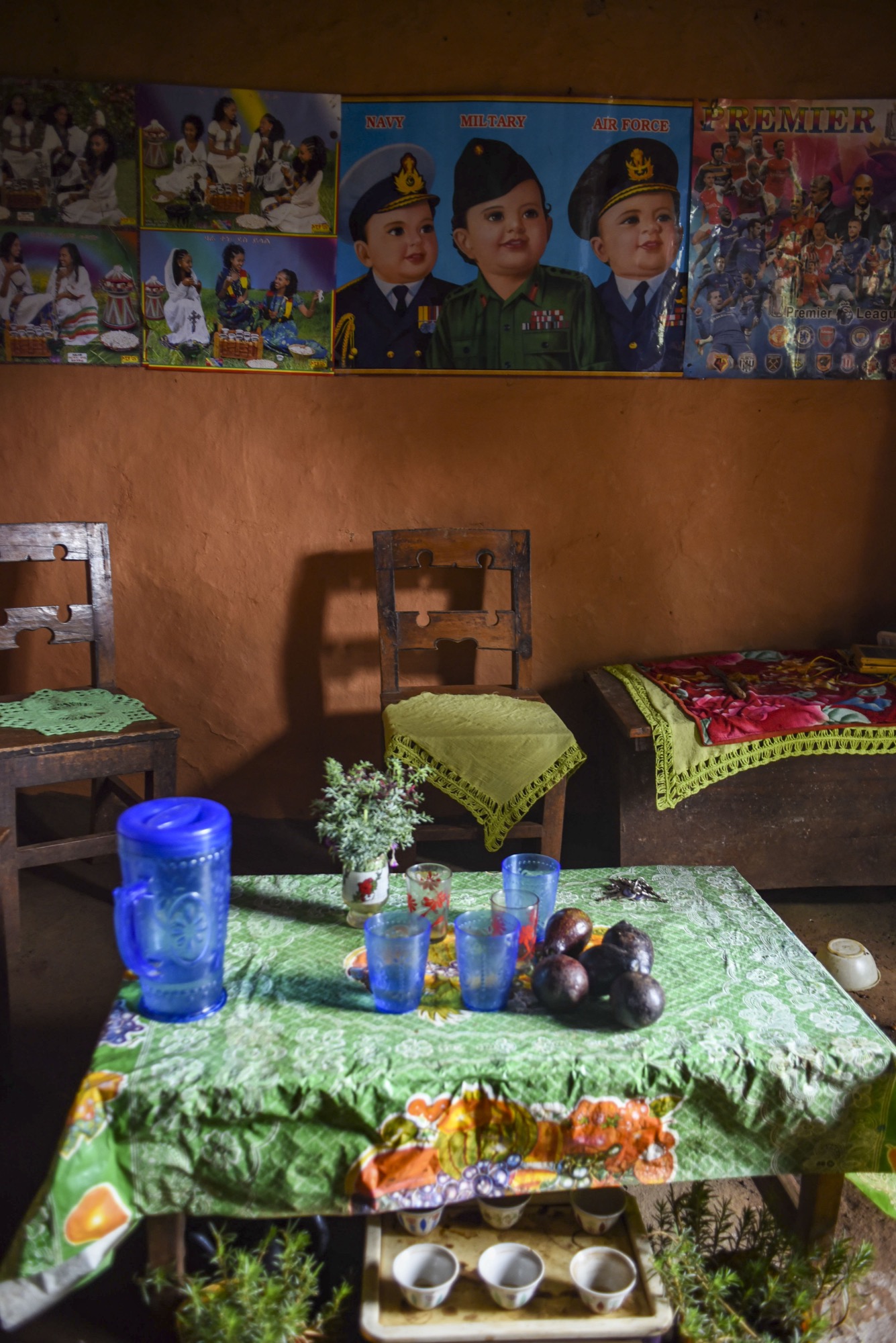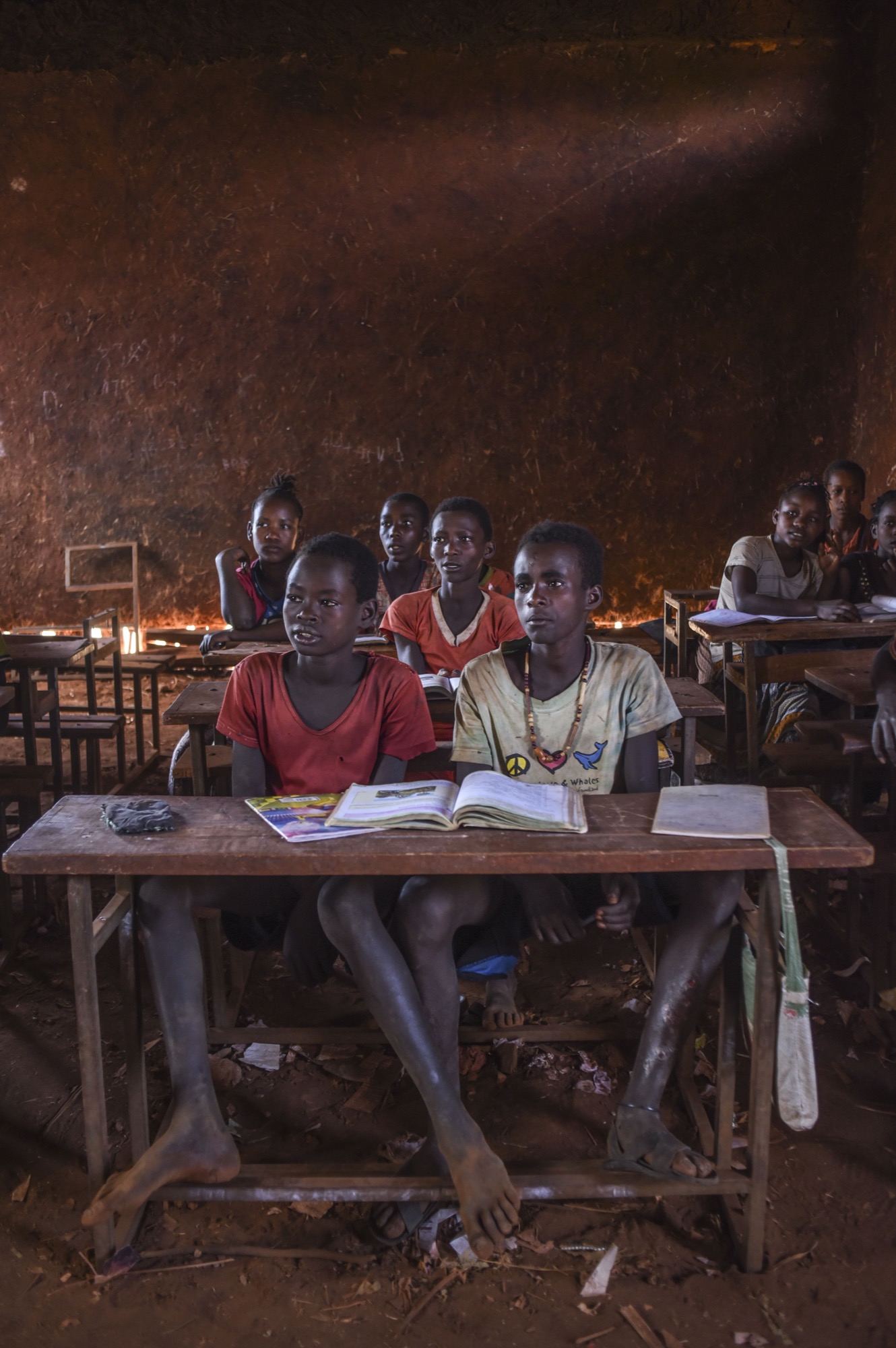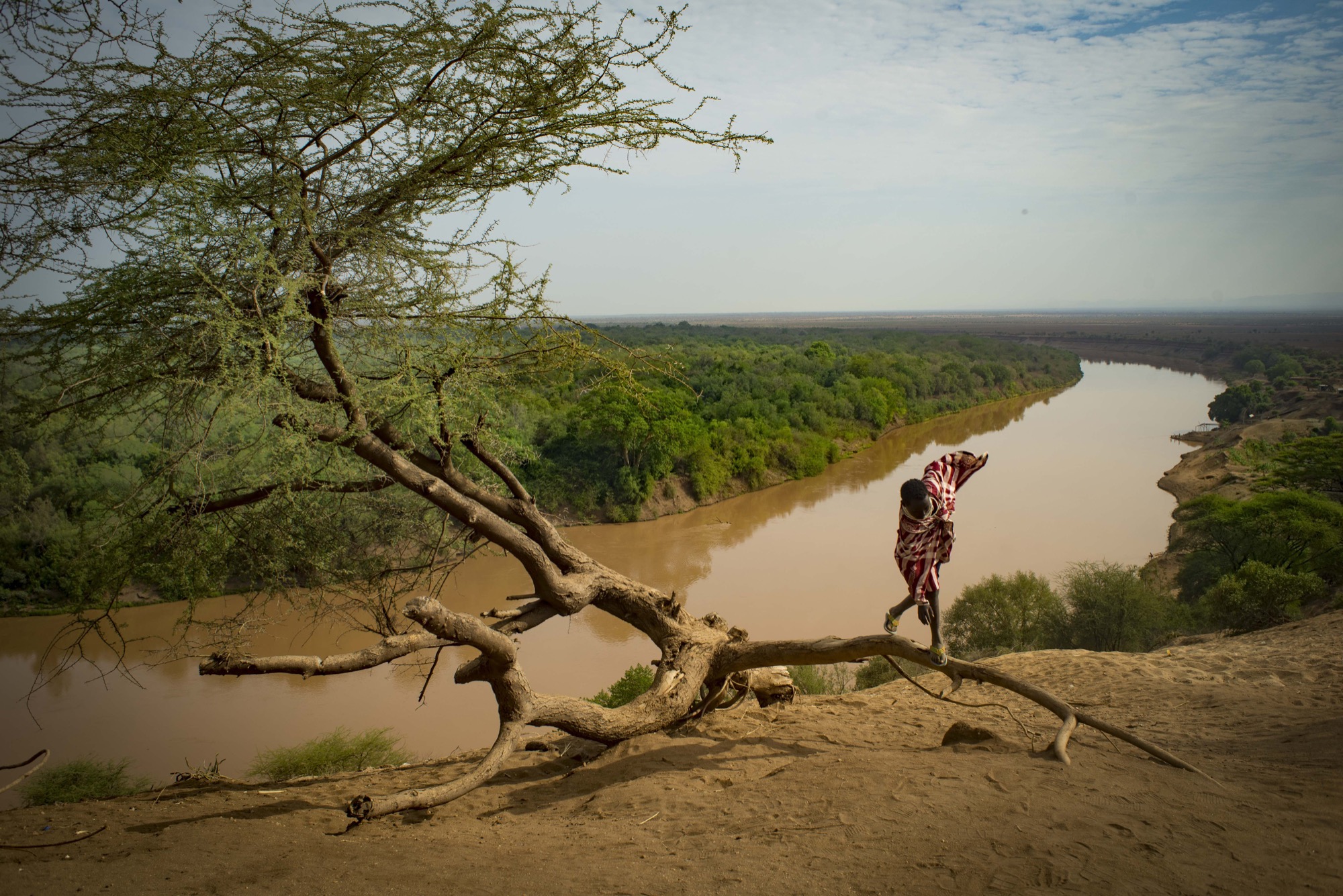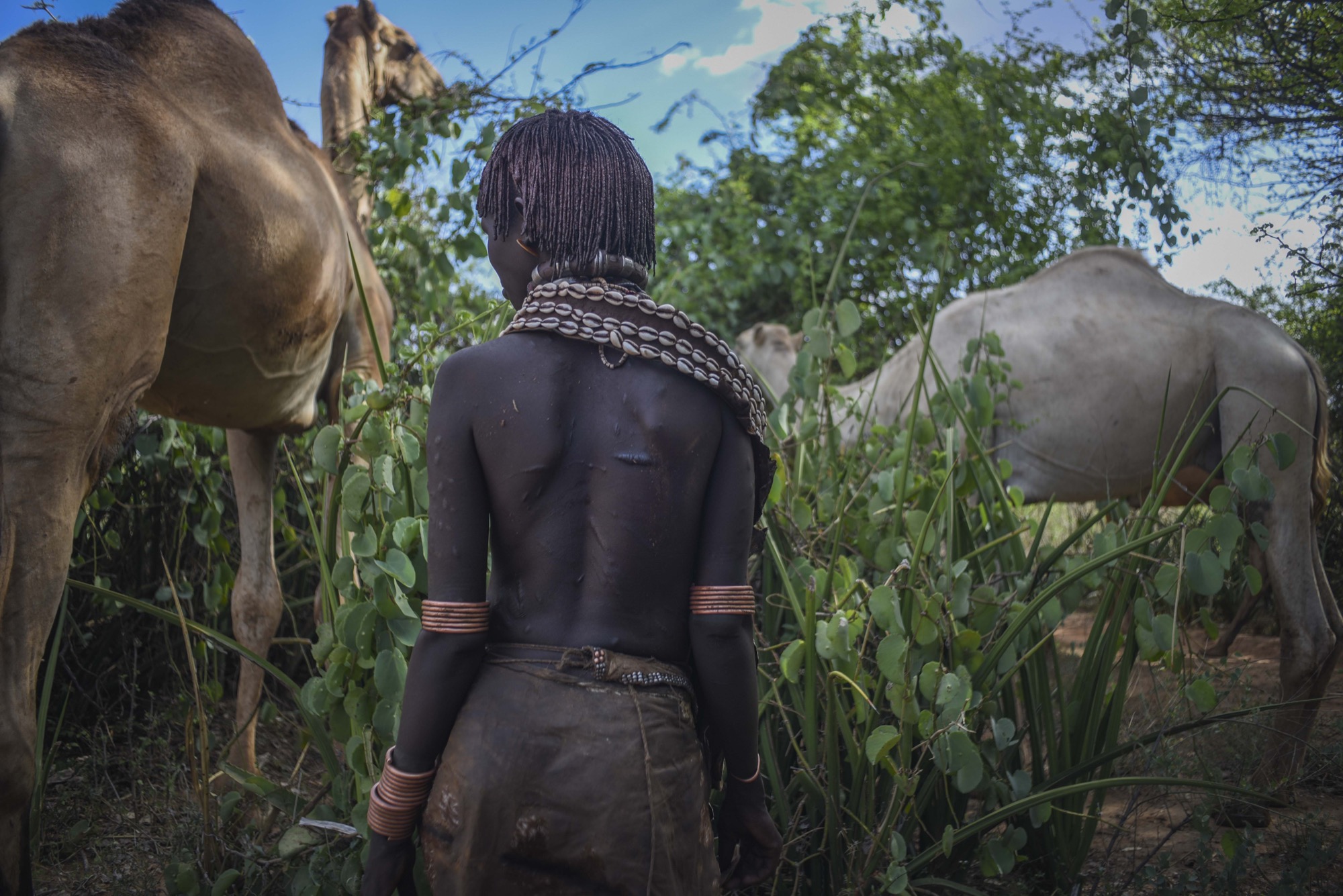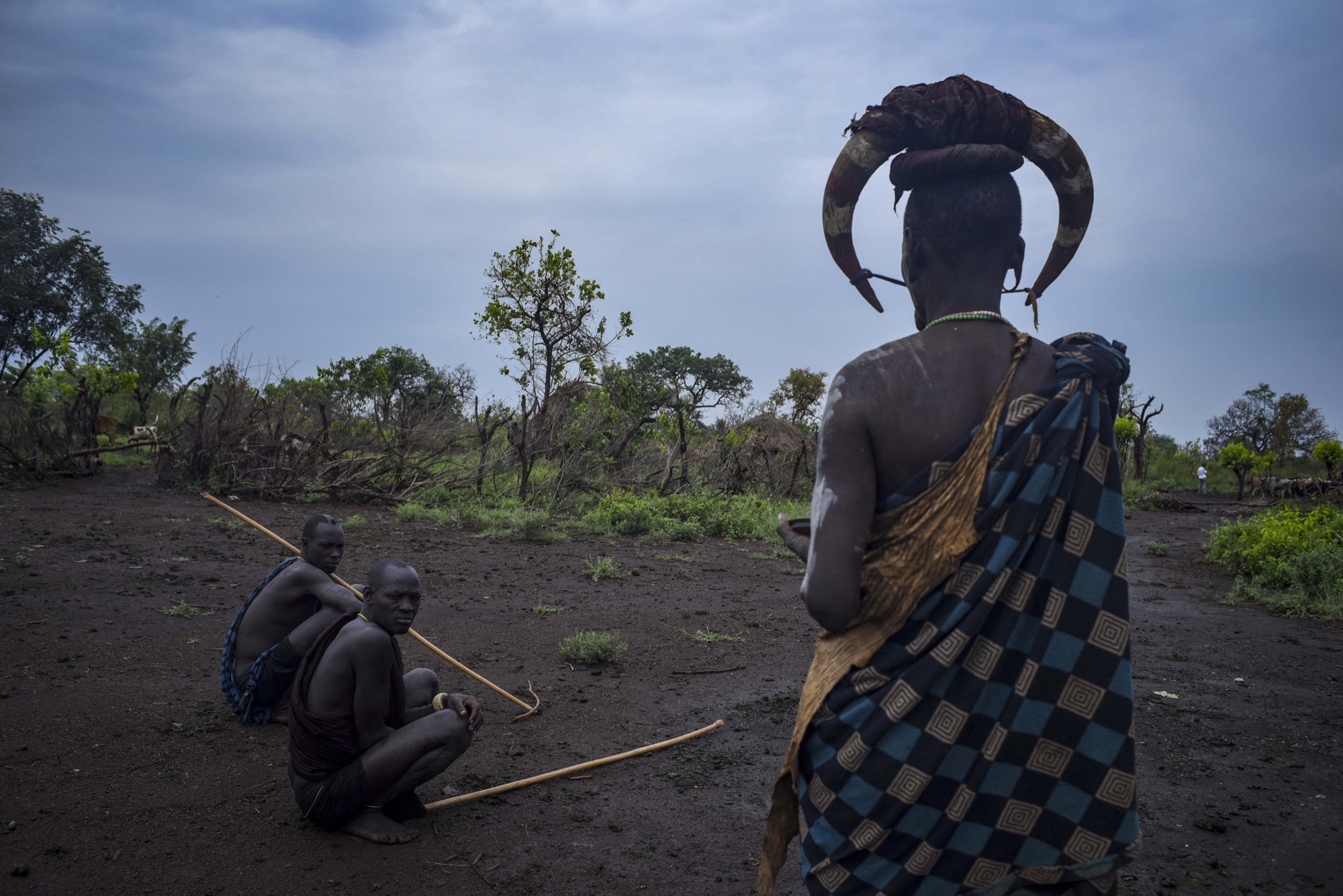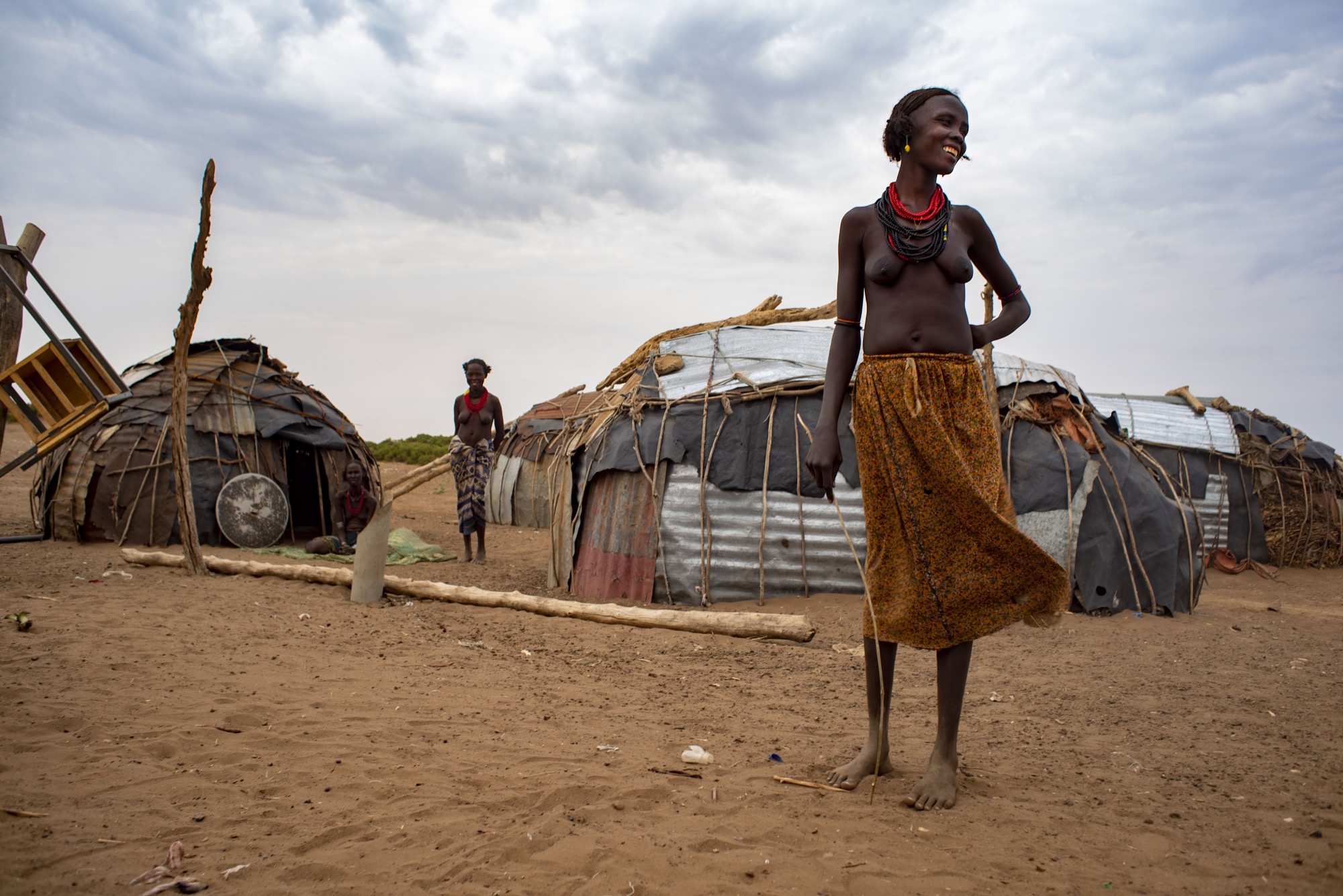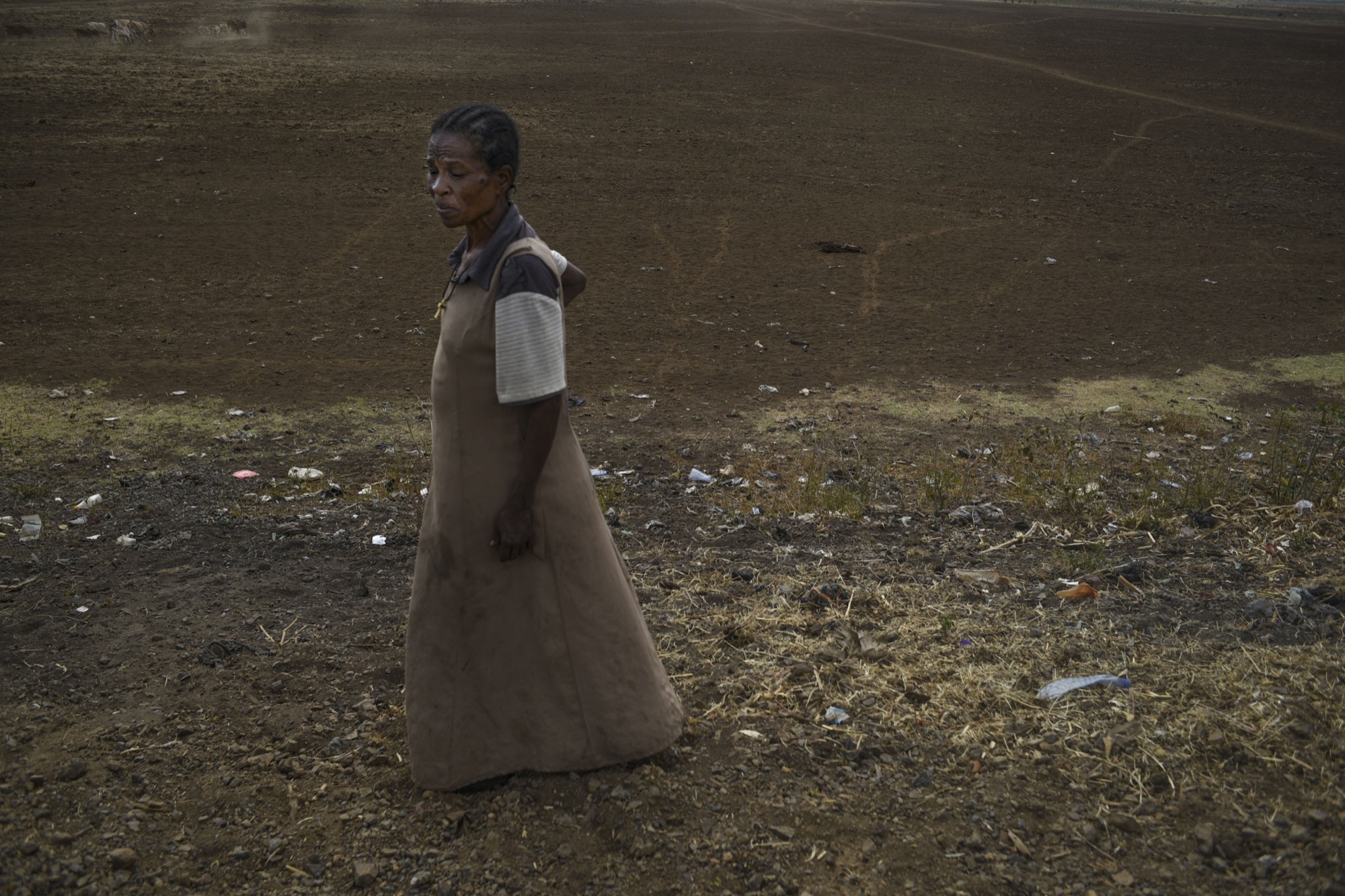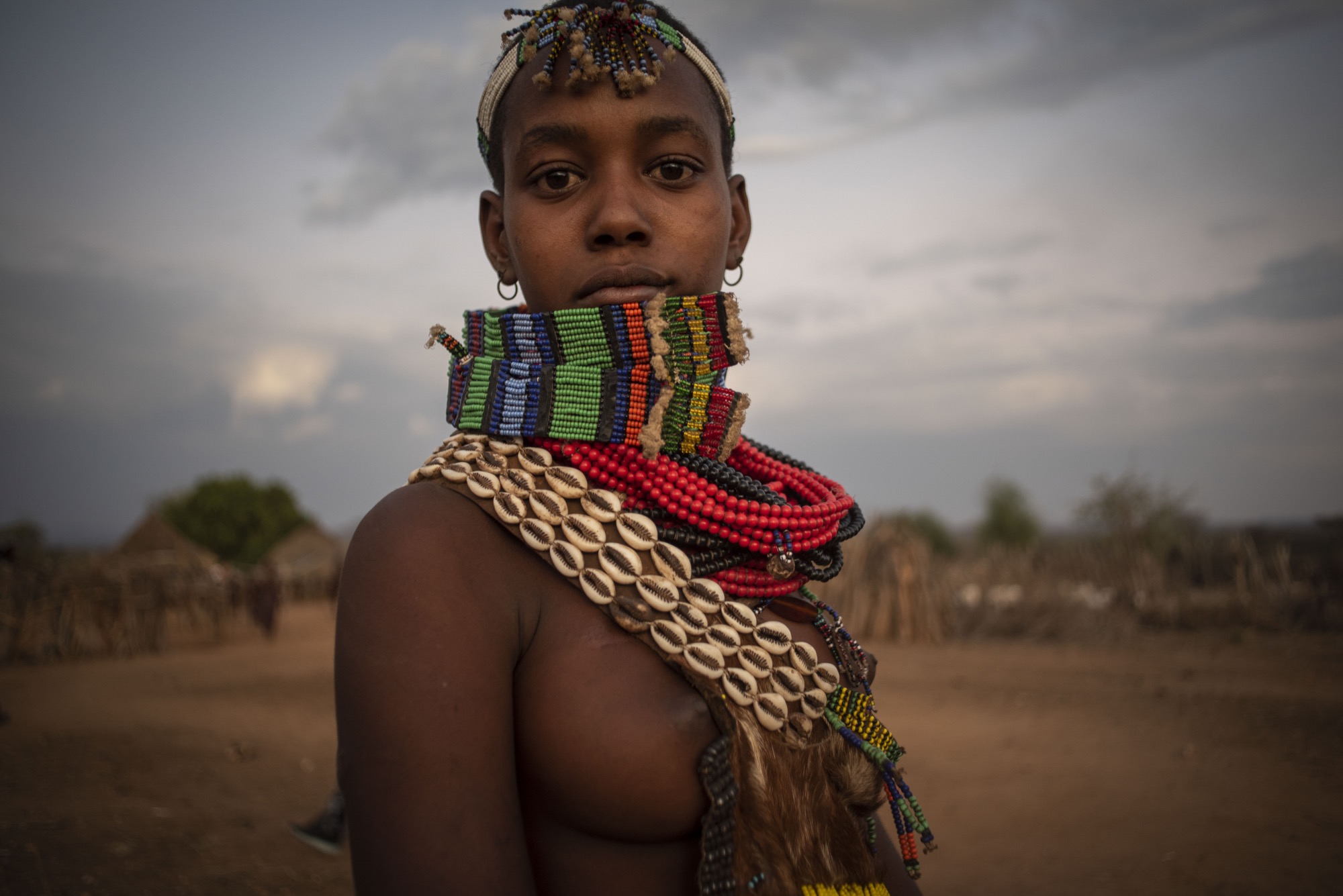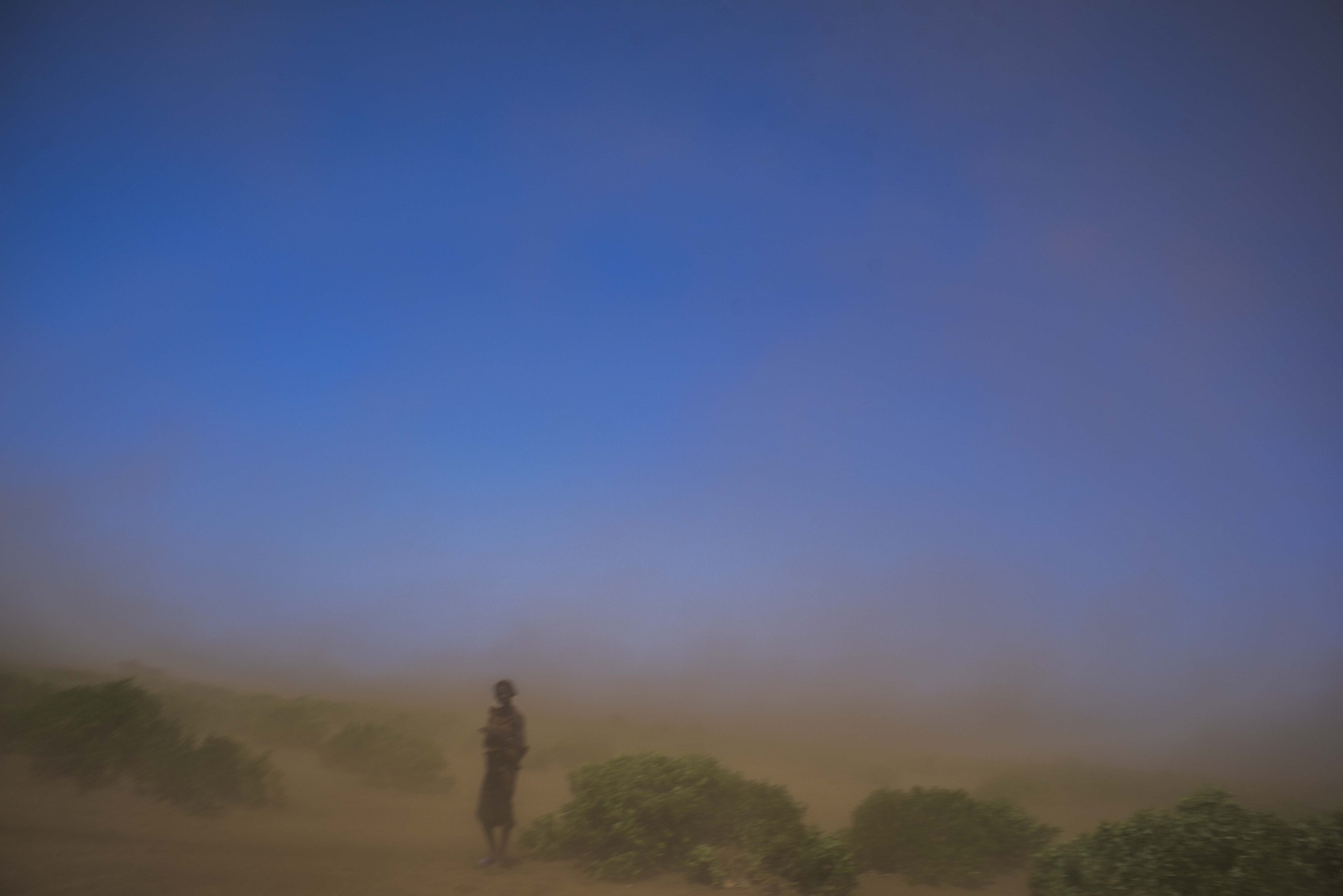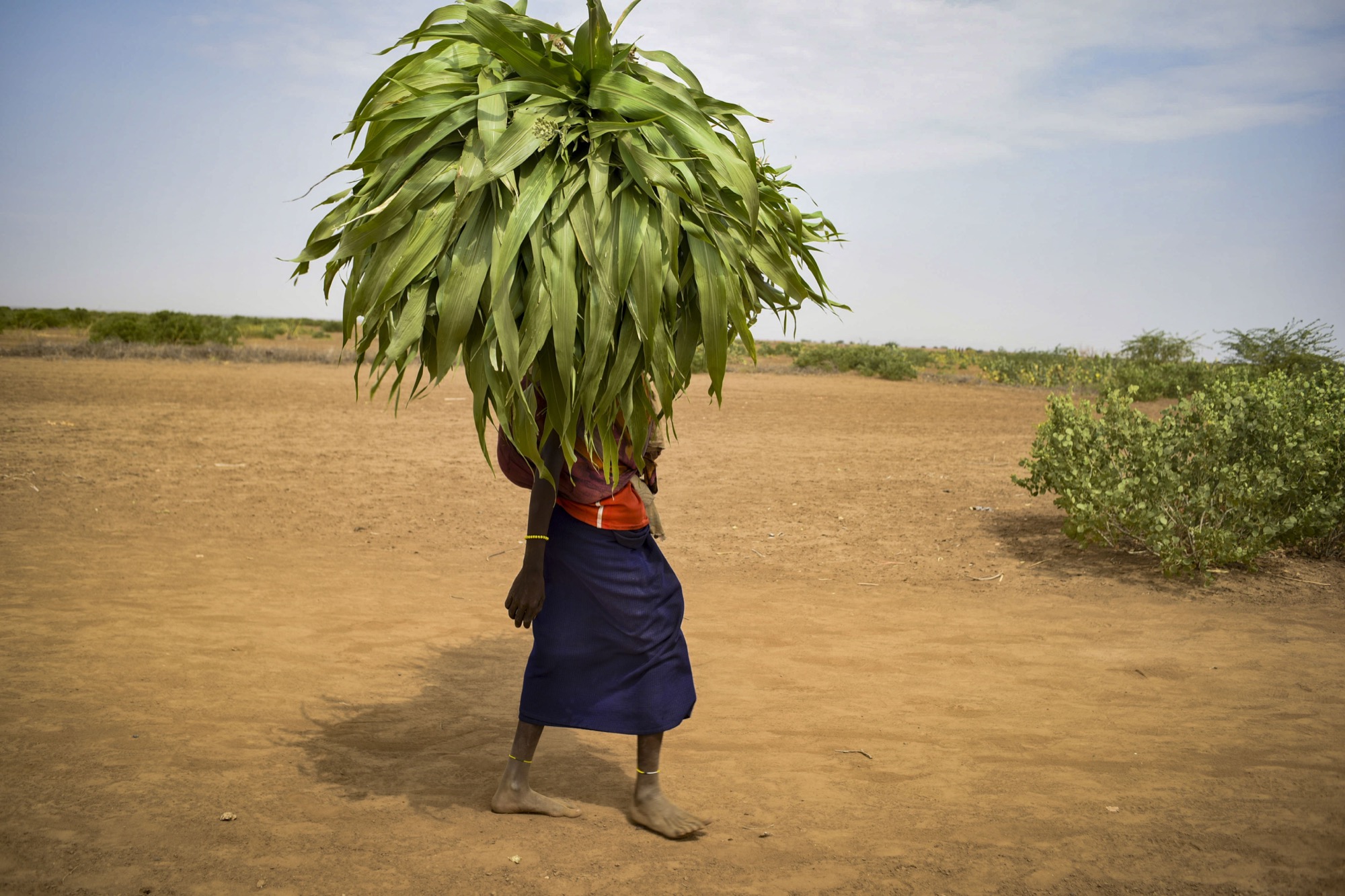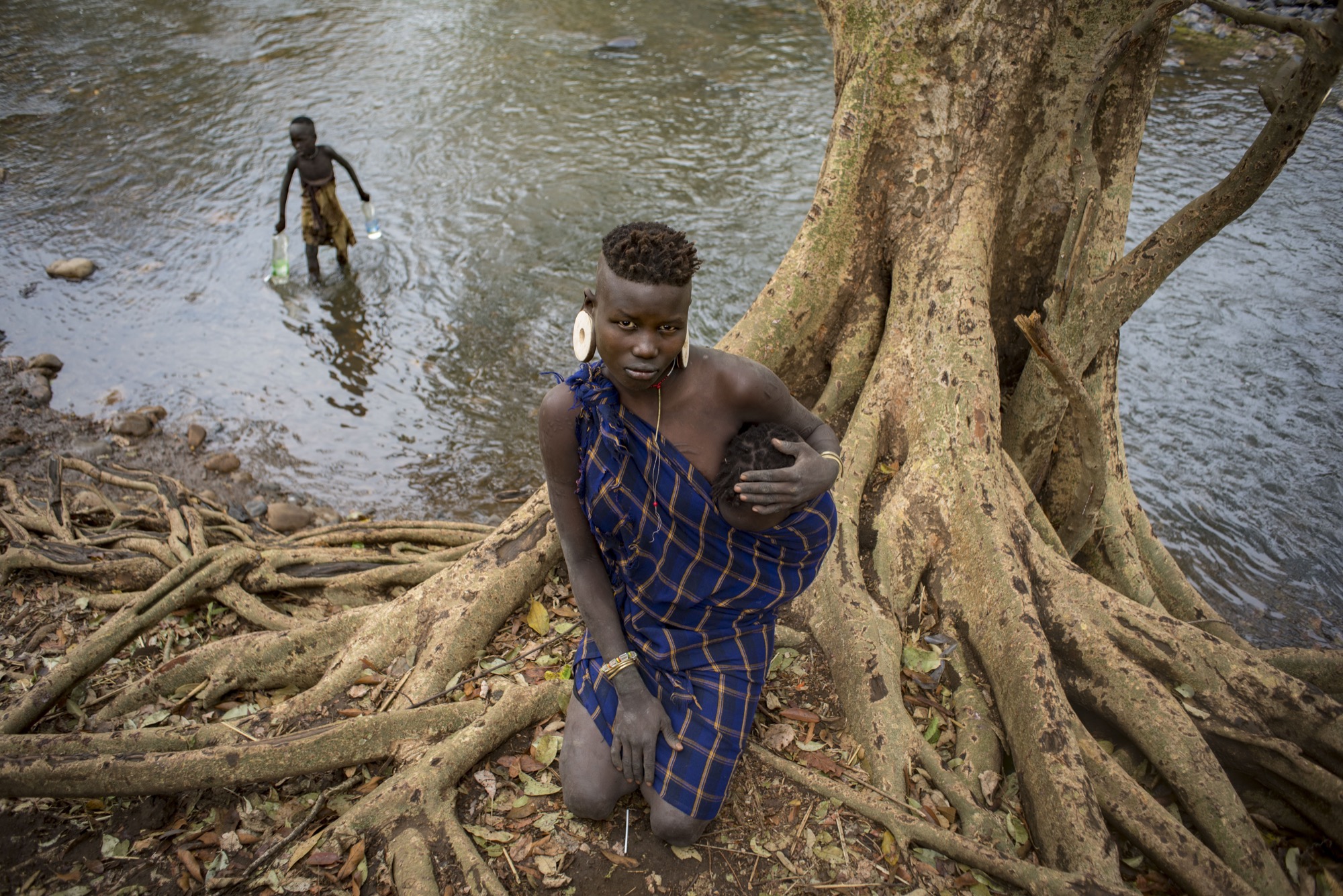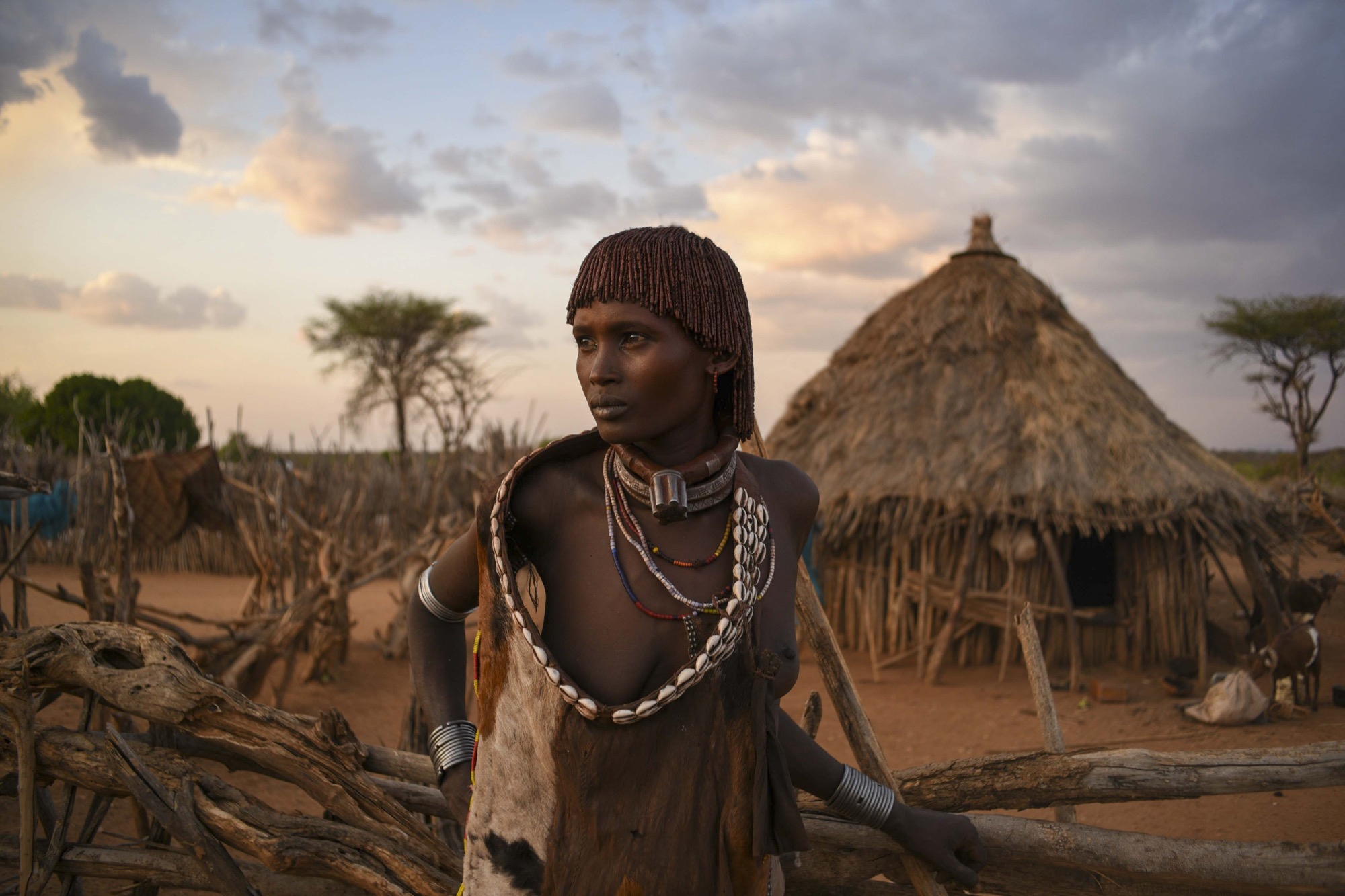The tribes of the Omo River in southwestern Ethiopia hold a profound, untainted wisdom that I believe could offer the world valuable lessons — especially to the West, where we often forget what truly matters. As I journeyed through this remote part of the world, I couldn’t help but wonder: can these tribes continue to share their light with us, without losing the essence of their unique cultures to the forces of globalization? I would love to learn how to live in a hut made of straw and mud living only with fire, wood, mother milk, fruit, nuts, seeds, clean air, sun, moon and soil … and still to have a connecting family, time for art, love and deep relationships. I want to know how I can cook nutritious food with so little. How do I feed and care for a baby without even a little market close to me? How can I wash a baby in a river with leaves, put it to sleep on my chest without a bed, with my heart’s beat as a lullaby? To make a crib from an animal’s skin lay it on the ground and put my trust in another embrace as my baby sleeps with the protection of mother earth. Children grow up climbing in the trees, walking with wooden stilts, they design and make wooden toys with imagination as a template. They dedicate their days to carrying their infant sisters or brothers on their backs, barefoot they walk to a distant, half collapsed school to satisfy their lust for education. Crossing the Omo River on boats made of hollowed out logs, propelled with long wooden poles, we go to find the forgotten tribes. The Omo Valley is home to some of the world’s most ancient tribes, whose way of life has been preserved for centuries. From the Dassenech to the Karo, Hamer, and Mursi tribes, each group carries deep connections to the earth, the spirits, and the cycles of nature. But as I spent more time with them, I felt an undeniable sense of urgency — their way of life is under threat. While northern Ethiopia struggles with famine and conflict, the Omo Valley feels like a sanctuary — a green, vibrant paradise where life remains seemingly untouched by time. The people here lead simple yet meaningful lives, bound to the rhythms of nature and their traditions. It was here, amidst their rituals, dances, and sacred connections to the environment, that I began to understand just how much these tribes could teach us. I have been going to the Omo Valley since 2019, searching for something, but what I found was far more than I could have imagined: an eternal connection to the earth.
Photography & Text: Maro Kouri
Category
Sidi Bou Said, Sousse, Kairouan, Mahdia, El-jem, Matmata, Jerba
Previous project
The Kalash: Defying Tradition and Religious Conformity near Taliban-controlled territories
Next project



